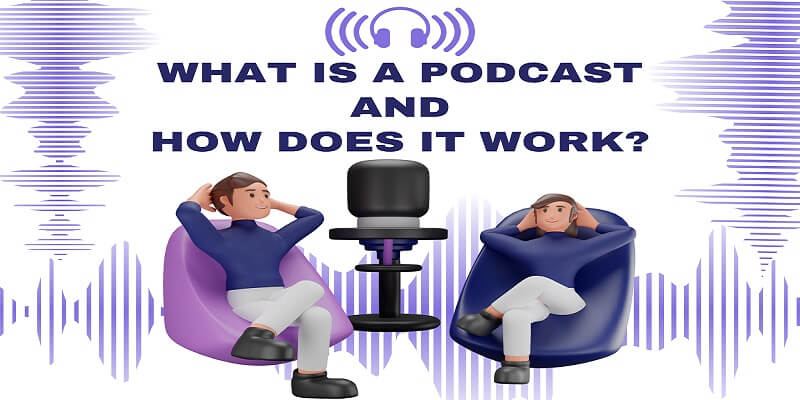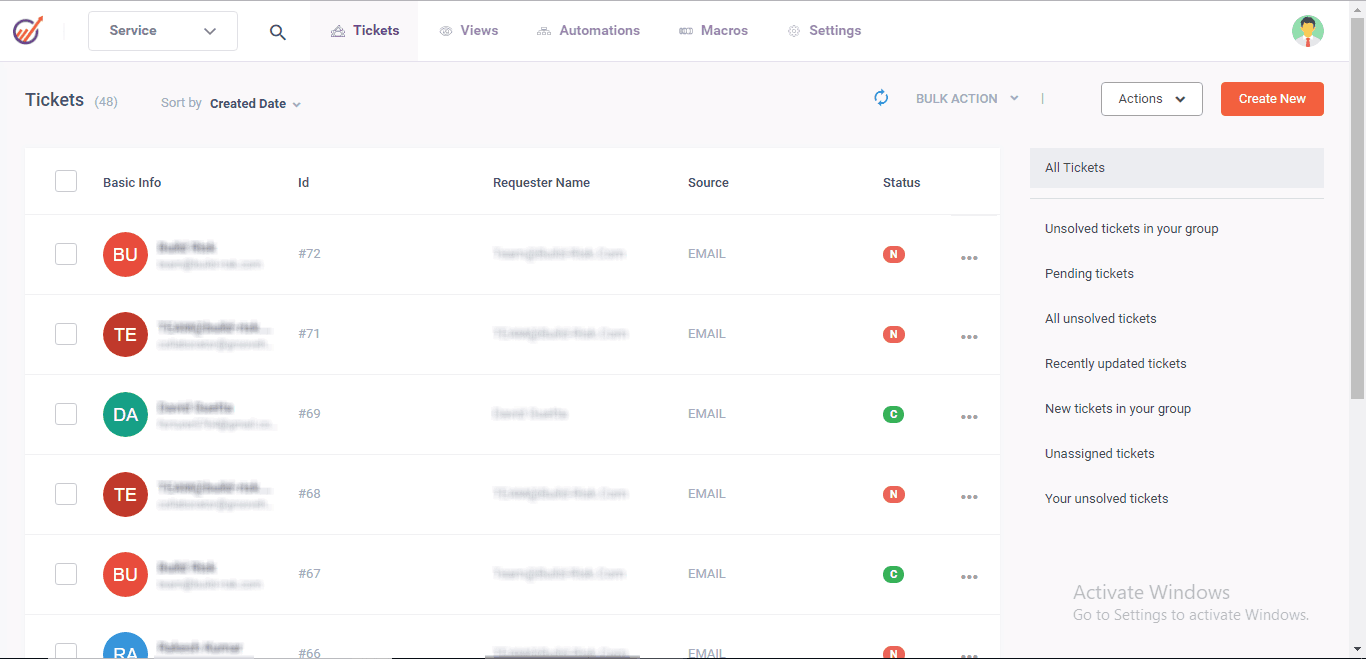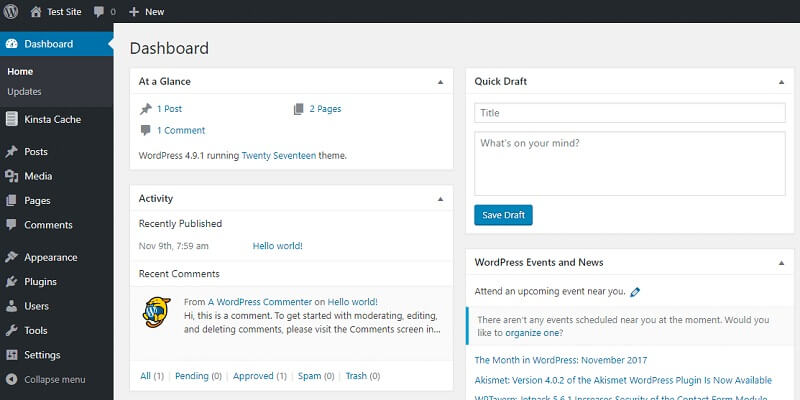What is a Podcast and How does it work? Podcasting involves creating and sharing audio files through RSS feeds to subscribers’ devices. Users can upload these files to streaming services for listening on their smartphones or digital music and multimedia players such as iPods. It is simple to turn a digital audio file into a podcast.
Along with RSS, people can store or embed podcasts in websites, allowing users to play or save them.
Users commonly find podcasts as pre-recorded talk radio episodes, which they can download onto their computers or mobile devices.
Podcasters frequently release episodes according to a consistent timetable.
A podcast can be created in any format, length, or style, as there are no strict guidelines. Episodes can span various subject areas, with a common focus on a single topic or story. Some podcast hosts stick to written words, while others speak off the cuff.
The podosphere, similar to the blogosphere, encompasses the cultural area that supports podcasting.
Who are the users of the podcasting format?
These people are increasingly incorporating podcasting into their operations because it is cheap and easy to reach a large audience.
In the early stages of its evolution, musicians and bloggers enthusiastically adopted podcasts. Most of the renowned newspapers, such as The New York Times, NPR, and The Washington Post, have also adopted this format.
The podcast directory is already installed on Apple iPhones when purchased. Numerous podcasts on Apple Podcasts are available for download and listening free of charge. Websites linked to certain podcasts offer extra resources and forums for fans to engage with.
People often label podcasts as a digitally revolutionary medium that is altering how consumers obtain content.
Advertisers also altered the way they made money from it. Podcasts have the potential to earn money by utilizing subscriptions, selling advertising space, or using crowdfunding websites such as Patreon.
How does a Podcast work?
Podcasters share audio content in digital form online through a podcast hosting service. These platforms centralize all podcast episodes and streamline the creation of RSS feeds.
These feeds compile all the podcaster’s episodes. They can automatically send the RSS feed to podcast directories, allowing listeners to find and listen to the podcasts.
Here are a few instances of podcast hosting services:
- Buzzsprout – a podcast hosting platform.
- Podbean is a platform for hosting and sharing podcasts.
- Websites for podcasts
- Basic presentation
- Spreaker is a platform for hosting and streaming podcasts.
A podcast directory is a tool for listening to, searching for, saving, and playing podcasts. When you subscribe to a podcast, the RSS feed automatically updates your device with new episodes.
A few instances of these directories are as follows:
- Podcasts by Apple
- Podcasting by Blubrry
- Podbean remains unchanged
- The music streaming platform Spotify.
- Sewing machine
- TuneIn App
You can also directly upload podcasts to Patreon, SoundCloud, and YouTube for streaming services.
Producing podcasts is relatively easy. A podcaster has the option to save a digital audio file in MP3 format and then share it on a hosting platform or another service provider.
In an RSS Extensible Markup Language document, the content creator places the URL of the MP3 file within an XML tag as an enclosure.
Content creators can submit podcasts to content aggregators such as AllTop or Feedly, which they include in their directories. Podcasts typically consist of audio files, but creators can use the same approach to create and distribute image, text, and video files.
Creating a podcast: A step-by-step guide
There exist numerous methods for producing a fresh podcast. The podcasting gear and elements listed below are necessary for capturing an audio recording:
Microphone specifically designed for podcasting:
USB microphones are inexpensive and user-friendly tools for recording audio. The microphone that comes with a laptop or smartphone also functions. Thus, if the goal is to create a high-quality podcast, one should consider buying an end-user professional microphone.
Application for recording:
Many gadget accessories include free sound recorder applications, such as the Voice Memos application, which is used in Apple devices to record and store sounds. Audacity is an open-source audio recording software with print that runs on desktop Operating Systems like Microsoft Windows, Apple macOS, and Linux. Recording programs can offer editing options and export the recorded audio.
Site for hosting:
After being recorded, a podcast can be shared through platforms like Podbean, Podcast Websites, or Spreaker.
Below are nine steps to help you record a podcast by using a Windows computer along with a USB microphone:
- Insert the microphone into the USB port of the computer.
- Get the Audacity software for free, or try another digital audio tool. If you’re using Apple, you already have GarageBand. Windows 10 comes with a Voice Recorder app. Launch the software and configure the audio input to detect sound from the microphone.
- Check the microphone to make sure the levels are suitable and reacting to the audio present in the room.
- Press the record button and start talking to kick off the introduction recording. If needed, you can make changes to the podcast using the editing tools in digital audio software or a program such as Adobe Audition.
- Utilize the export feature within the digital audio software to save the audio file.
- Submit the audio file to a platform for sharing audio, like SoundCloud. Another option is to utilize a platform designed specifically for podcasts, such as Podbean or Spreaker. These platforms assist with hosting and promoting podcasts.
- Distribute the link to the podcast on various social media platforms and other channels to draw in listeners.
Podcasters can either follow a structured script or opt for a more casual approach using show notes; ultimately, the podcaster makes the decision. To cultivate a devoted fan base, podcasters need to know their target audience and have a clear purpose.
What advantages does podcasting offer?
Podcasting offers the following advantages:
Simple to make:
Making a podcast only requires a microphone, audio software, a computer, and internet access. There is no requirement for extra knowledge or tools. A straightforward method is to talk into the voice notes app on a smartphone.
Simple to deliver:
You can upload and share podcasts with listeners using a free YouTube or SoundCloud account. You can host a podcast on any service or device capable of hosting an audio file.
Without regulations:
Podcasts are not subject to any regulations from the Federal Communications Commission or other government authorities. This allows for a degree of freedom of speech that might not be achievable on traditional platforms such as TV and radio. Nonetheless, podcast creators are permitted to claim copyright for their content.
Extended-version:
Podcasts have the flexibility to be of varying lengths. A few podcasts last for more than three hours. That length is uncommon in comparison to other types of media, which tend to prefer shorter content. The extended format allows for a deeper exploration of subjects that are less common in other forms of media.
Full of information:
Podcasts cover a wide range of subjects, such as news, comedy, science, and niche topics. For instance, a complete podcast could center on examining and critiquing a book.
Whenever needed:
Users can listen to a podcast on their mobile devices whenever they want. You can enjoy podcasts while multitasking, such as working, driving, working out, or tidying up.
Useful marketing resource:
The top podcasts assist product marketers in connecting with specific audiences. They also serve as a reliable point of contact for followers to come back to. Also, they are a successful marketing tool across many platforms as they offer useful information without constantly pushing a sale. They also provide beneficial opportunities for backlinking, which can have a positive impact on a brand’s search engine optimization. Podcasts frequently feature guests, with podcasters having the ability to provide links to their guests’ websites in the show notes. A new tech startup may utilize a podcast to inform listeners about the broader technology connected to its product and demonstrate its knowledge.
Conclusion
Podcasts are digital audio files that you can listen to online or download to hear later. They usually focus on specific topics and are released as a series. They are easy to use, especially for mobile users, and they air programs on various topics, including entertainment, news, and education. People or companies can create podcasts, which are available for streaming on applications like Spotify, Apple Podcasts, and Google Podcasts. It involves converting audio files, proofreading and cleaning the audio, and hosting it on a platform. Podcasts can also be subscribed to when a listener only wants the newest episodes downloaded for them. Thus, podcasts have been integrated into modern consumption as flexible media products with rather a wide spectrum of topics. Hope this article helped you to figure out What is a Podcast and How does it work?



